Disclosure: This article contains affiliate links. We may earn a commission from purchases at no extra cost to you, which helps our travel content.
When I relocated to Seoul three years ago, following my wife's appointment at Seoul National University Hospital, navigating the labyrinthine world of Korean beauty culture wasn't exactly on my research agenda. As a medical researcher accustomed to analyzing clinical trials rather than cosmetic ingredients, I found myself unexpectedly fascinated by the scientific precision behind K-beauty formulations. My analytical mind couldn't help but appreciate the methodical approach to skincare that permeates Seoul's beauty culture. What began as occasional gift-shopping expeditions for relatives back home has evolved into something of an unexpected specialty. Now, friends visiting Seoul frequently request my curated tour of beauty districts—from the gleaming flagship stores of Myeongdong to the hidden wholesalers where locals actually shop. This guide distills three years of systematic exploration into a weekend itinerary that balances tourist hotspots with authentic local experiences.
Understanding Seoul's Beauty Landscape
Seoul's beauty shopping ecosystem operates with the precision of a well-designed research protocol—each district serving a distinct demographic and price point. Before diving into specific locations, it's worth understanding this systematic organization.
Myeongdong remains the most internationally recognized beauty district, though locals increasingly view it as tourist-oriented. Gangnam houses the luxury and medical-grade cosmeceutical brands, while university areas like Hongdae and Ewha cater to trend-conscious students with limited budgets. For wholesale pricing and bulk purchases, Dongdaemun Beauty Town operates with remarkable efficiency.
What distinguishes Seoul's beauty culture from Western approaches is its foundation in preventative care rather than corrective treatments—a philosophy that resonates with my medical background. Korean skincare routines typically involve 7-10 steps applied in precise order, focusing on gentle, consistent care rather than harsh, immediate results.
The seasonal nature of Korean beauty shopping also warrants mention. Major brands typically release new collections aligned with seasonal transitions (roughly February, May, August, and November). Shopping during these product launches often yields complimentary samples and gifts with purchase that can equal or exceed the value of your actual purchases—an economic efficiency I find quite satisfying.
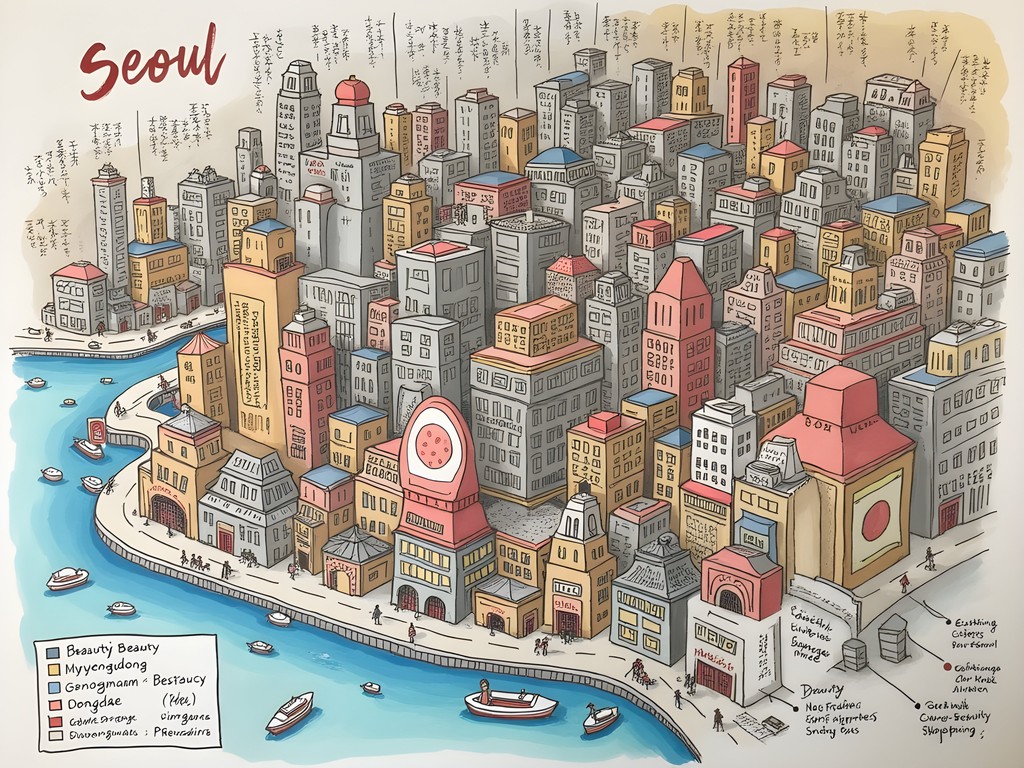
💡 Pro Tips
- Download the Hwahae app for ingredient analysis of Korean products—it's like having a laboratory in your pocket
- Bring a small notebook to record product names and ingredients for later research
- Many brands offer tax refund services for purchases over ₩30,000—keep your passport handy
Myeongdong: The Commercial Epicenter
While Myeongdong has admittedly become increasingly commercialized, it remains an efficient starting point for beauty novices due to its concentration of flagship stores and English-speaking staff. I typically begin guided tours here to establish a baseline understanding of major brands before venturing into more specialized districts.
The main pedestrian thoroughfare houses the largest flagship stores of Innisfree, Nature Republic, COSRX, and Etude House. These multi-story establishments offer the complete product lines unavailable elsewhere, along with exclusive limited editions. The basement level of Lotte Department Store contains a comprehensive beauty section where you can compare prestige brands side-by-side—a methodical approach I appreciate.
For serious skincare research, the Olive Young Myeongdong Global flagship store (near exit 6 of Myeongdong Station) provides the most extensive selection of dermatological brands. Their staff can access your skin analysis history if you register for their loyalty program, providing continuity across shopping trips.
During my most recent visit, I discovered that carrying a compact cooler bag proved unexpectedly useful. Seoul's summer temperatures can reach 35°C (95°F), and many active ingredients in Korean skincare (particularly vitamin C serums and probiotics) degrade in extreme heat. This practical solution preserved the efficacy of products during a full day of shopping in August.
If time permits, venture one block behind the main street to find smaller, locally-favored shops offering 30-40% lower prices than their flagship counterparts. The trade-off is reduced English support and fewer samples, but the economic efficiency is substantial.

💡 Pro Tips
- Visit on weekday mornings to avoid weekend crowds that make methodical shopping nearly impossible
- Collect the store maps available at major flagships—they're remarkably detailed and often include ingredient guides
- Register for loyalty programs even for short visits—immediate discounts often offset the time investment
Gangnam: Medical-Grade Cosmeceuticals
Gangnam's beauty landscape aligns most closely with my professional background in medical research. This district houses brands that emphasize clinical testing and pharmaceutical-grade ingredients—a refreshing scientific approach in an industry often driven by marketing rather than measurable outcomes.
Apgujeong's Galleria Department Store features premium brands like Sulwhasoo, History of Whoo, and AHC that incorporate traditional herbal medicine (hanbang) principles validated through modern research methodologies. These products command premium prices but offer formulations with higher active ingredient concentrations.
Of particular interest to those with specific skin concerns is the cluster of dermatological brands along Dosan-daero. Dr. Jart+'s flagship store functions as both retail space and educational center, with interactive displays explaining ingredient mechanisms and clinical trial results—reminiscent of medical conferences, but considerably more accessible to laypeople.
The most valuable discovery in this district has been the AMORE Pacific Lounge (appointment required through their website), where visitors can experience personalized skin analysis using equipment typically reserved for dermatology clinics. Their proprietary diagnostic system measures hydration levels, melanin distribution, and barrier function with remarkable precision. The resulting product recommendations are scientifically targeted rather than generically prescribed.
For those serious about evidence-based skincare, I recommend investing in a portable skin analyzer to objectively track changes in your skin's condition throughout your beauty regimen. While consumer-grade devices lack the precision of clinical equipment, they provide sufficient data for personal tracking purposes.

💡 Pro Tips
- Schedule appointments at premium brand lounges at least one week in advance
- Request clinical study data when considering premium products—reputable brands readily provide this information
- Gangnam beauty stores often honor Myeongdong prices if you show evidence (photos of price tags work well)
University Districts: Trend-Focused Budget Finds
The beauty corridors surrounding Seoul's major universities—particularly Hongdae (Hongik University) and Ewha Women's University—offer fascinating insights into emerging beauty trends before they achieve mainstream recognition. These areas function as real-world laboratories for new product concepts, with rapid turnover reflecting the experimental nature of youth markets.
Hongdae's beauty alley prioritizes makeup and color cosmetics with theatrical testing stations encouraging experimentation. The district's standout is Stylenanda's Pink Hotel, a concept store designed as a retro hotel where each room showcases different product categories. While overtly Instagram-oriented, it offers excellent value on their 3CE makeup line, which performs remarkably well in comparative wear tests I've informally conducted.
Ewha's beauty street caters specifically to university students' budgets with a proliferation of budget brands like The Face Shop, Missha, and Skin Food. The real finds here are the independent beauty shops carrying lesser-known brands like Beplain, Round Lab, and By Wishtrend—often developed by former researchers from major cosmetic companies who established their own formulation-focused brands.
During my motorcycle explorations of these districts, I've found my compact messenger bag indispensable for navigating the crowded shopping streets. Its waterproof lining protects purchases during sudden rain showers, and the multiple compartments allow for organized storage of different product categories—a system that appeals to my preference for methodical organization.
A particularly valuable discovery was the Beauty Outlet stores hidden on the upper floors of buildings along Ewha's shopping street. These carry discontinued packaging or soon-to-expire products from major brands at 50-70% discounts. Given that manufacturing dates are clearly labeled in Korea, this represents a calculated risk-benefit scenario where savings substantially outweigh the reduced shelf life for products you'll likely use within 6-12 months.

💡 Pro Tips
- Visit university districts during term breaks to avoid student crowds while still accessing student-targeted promotions
- Look for 1+1 (buy one, get one free) or 2+1 deals that are common in these districts but rarely advertised in English
- Test makeup products immediately after purchase—exchange policies are surprisingly accommodating if colors don't match
Dongdaemun Beauty Town: The Wholesale Experience
For visitors planning substantial beauty purchases, Dongdaemun Beauty Town represents the optimal economic efficiency in Seoul's beauty ecosystem. Located on the 4th floor of Migliore Mall in Dongdaemun, this wholesale market supplies many smaller beauty shops throughout Korea and offers pricing 40-60% below retail.
Unlike the polished experiences of flagship stores, Beauty Town operates with the systematic efficiency of a medical supply warehouse. Products are organized by category rather than brand, allowing for direct comparison of similar items across manufacturers. The absence of elaborate displays and reduced staffing account for the dramatic price reductions.
Navigation requires some preparation—stores rarely display prices, expecting customers to inquire about specific items. I maintain a spreadsheet on my tablet listing products by Korean name, typical retail price, and target wholesale price (generally 50-60% of retail). This systematic approach prevents overpaying and facilitates efficient comparison shopping.
My research indicates that sheet masks represent the optimal value proposition here, with boxes of 30-50 masks available at prices equivalent to 300-500 won per mask (approximately $0.25-0.40 USD)—roughly one-fifth of typical retail pricing. For visitors returning to countries where K-beauty carries premium pricing, the economic calculation clearly favors bulk purchasing.
During extended shopping sessions here, I've found a collapsible shopping cart invaluable for transporting larger purchases. While perhaps lacking the aesthetic appeal desired for vacation photographs, its practical utility for navigating Seoul's beauty markets is undeniable. The cart's collapsible design allows it to be stored in most hotel rooms without consuming excessive space.
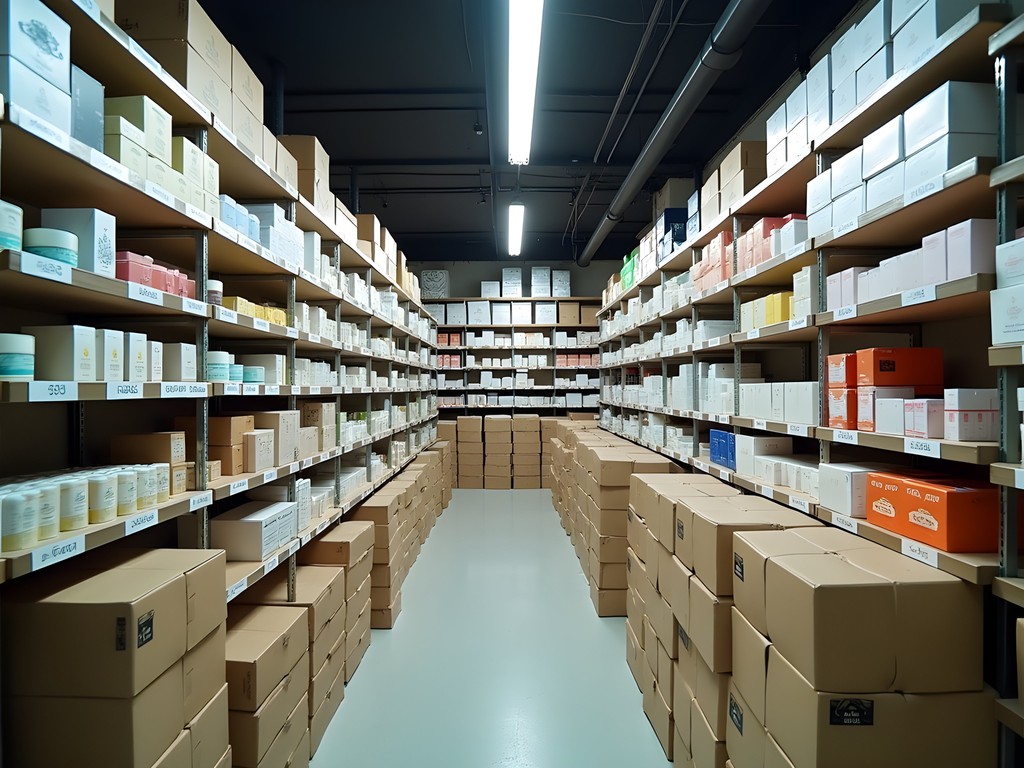
💡 Pro Tips
- Bring cash for better negotiating leverage—credit card prices are typically 3-5% higher
- Shop with a specific list rather than browsing to avoid impulse purchases of unfamiliar products
- Verify manufacturing dates before purchasing—some wholesale items may have shorter remaining shelf lives
Traditional Markets: Herbal Beauty Ingredients
My background in medical research has fostered particular appreciation for Seoul's traditional medicine markets, where centuries-old herbal formulations continue to influence modern K-beauty. These markets represent the historical foundation upon which Korea's contemporary beauty industry was built.
Gyeongdong Market (near Jegi-dong Station) houses the largest concentration of medicinal herb vendors in Seoul, many of whom supply ingredients to major hanbang skincare brands. The market's organization follows traditional Korean medicine principles, with sections dedicated to herbs for different body systems and concerns.
What distinguishes this shopping experience is the customization potential. Vendors can prepare personalized herbal mixtures for brewing into toners or facial steaming solutions based on your specific skin concerns. While communication may present challenges for non-Korean speakers, many vendors recognize common skin issues through universal terminology or photographs.
For those interested in DIY beauty preparations, I recommend visiting the kitchenware section of nearby Dongdaemun Market to purchase small glass bottles, mixing bowls, and fine mesh strainers. Combined with fresh ingredients from Gyeongdong, these tools enable the creation of customized skincare comparable to premium products at a fraction of the cost.
During my motorcycle journeys through rural Korea, I've documented regional variations in traditional beauty ingredients—green tea from Boseong, volcanic clay from Jeju, ginseng from Geumsan—that appear in commercial formulations but can be sourced directly from these traditional markets at significantly lower costs.
The most valuable discovery was the dried herb vendors who sell premixed facial steam packets combining ingredients like chrysanthemum, mugwort, and angelica root. These traditional formulations address skin concerns through principles remarkably aligned with current dermatological research on anti-inflammatory botanicals.

💡 Pro Tips
- Photograph ingredient lists of favorite commercial products to show vendors who can help identify natural equivalents
- Visit early mornings (before 9am) when herbs are freshest and vendors have more time for consultation
- Purchase small quantities initially to test for sensitivities before investing in larger amounts
Final Thoughts
After three years of methodical exploration, I've come to appreciate Seoul's beauty shopping scene as a fascinating intersection of traditional wisdom, cutting-edge research, and commercial innovation. The system offers entry points for every interest level—from casual tourists seeking memorable souvenirs to dedicated enthusiasts pursuing professional-grade formulations. What continues to impress me is the scientific literacy permeating even budget-friendly products, reflecting Korea's systematic approach to skincare efficacy. As you navigate these districts, I encourage maintaining the curious mindset of a researcher rather than a consumer—question ingredients, compare formulations, and document your findings. Seoul's beauty landscape rewards analytical thinking as much as it does purchasing power. For those planning return visits, consider establishing a seasonal research protocol, visiting during different months to observe how the market evolves throughout the year. The beauty of Seoul's beauty scene, if you'll pardon the wordplay, lies in its constant innovation—ensuring there's always something new to discover, analyze, and incorporate into your personal care regimen.
✨ Key Takeaways
- Different districts serve distinct purposes: Myeongdong for comprehensive exploration, Gangnam for clinical-grade products, university areas for trends, and Dongdaemun for wholesale pricing
- Register for loyalty programs even for short visits—the immediate discounts typically justify the minimal time investment
- Korean beauty culture emphasizes prevention and consistency rather than dramatic intervention, reflecting a scientific approach to skincare
- Traditional markets offer custom-formulated options that connect ancient herbal wisdom with modern skincare science
📋 Practical Information
Best Time to Visit
year-round, though February, May, August and November coincide with new seasonal releases
Budget Estimate
₩50,000-150,000 ($40-120 USD) for a comprehensive weekend shopping experience
Recommended Duration
1-2 days, with additional time for traditional markets
Difficulty Level
Beginner
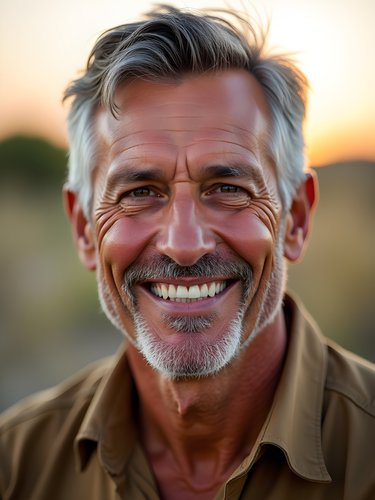

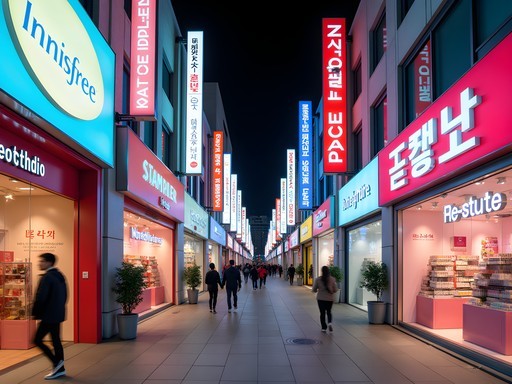
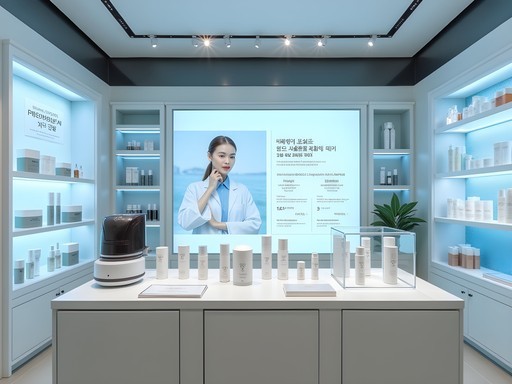
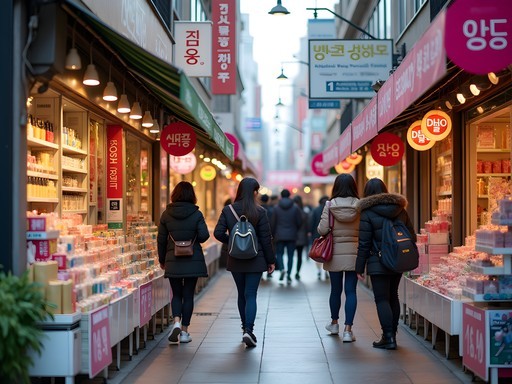
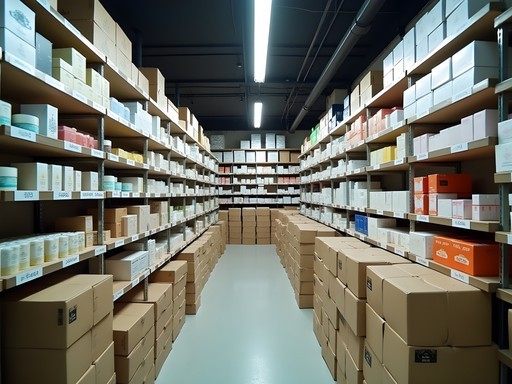
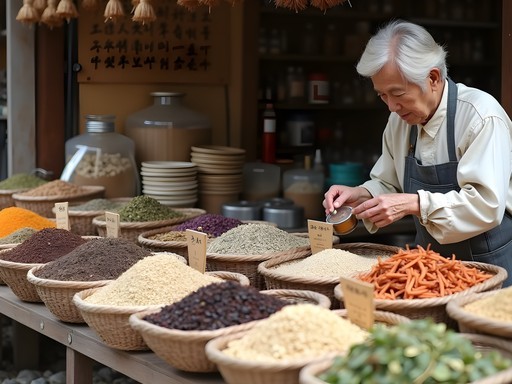



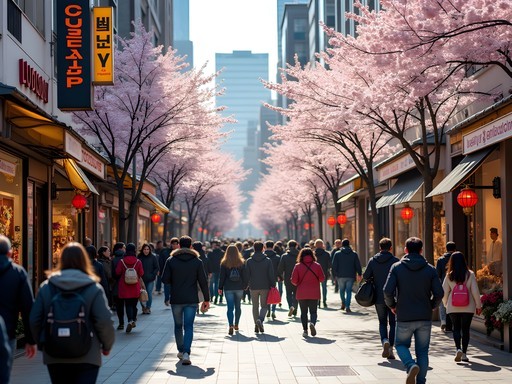
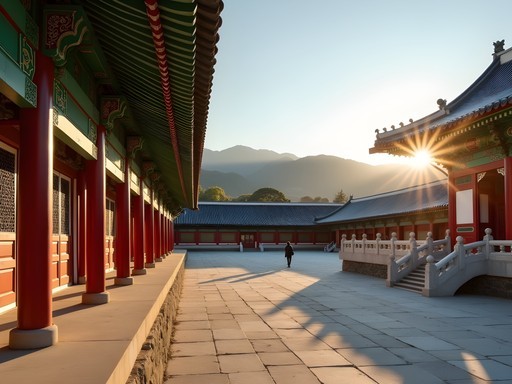
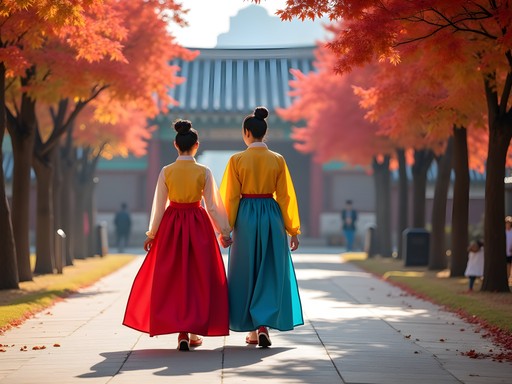



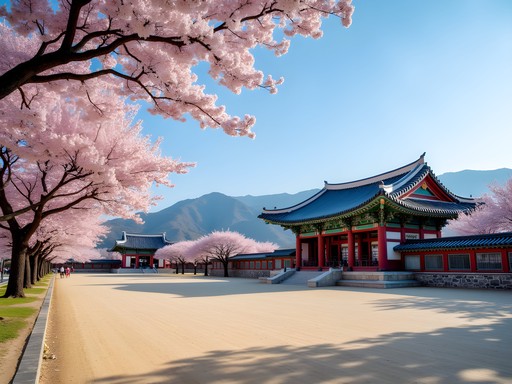
Comments
Sophia Gomez
Gregory, this is such a comprehensive guide! I was in Seoul for a business conference last month and squeezed in some beauty shopping between meetings. Your tip about Gangnam having the medical-grade products was spot on - I found this amazing clinic-backed store that had professional-strength vitamin C serums that have completely transformed my travel-worn skin. The staff spoke English which was a huge help since my Korean is limited to "annyeonghaseyo" and "kamsahamnida"! For anyone heading there for business, I'd add that many department stores in the financial district have excellent beauty sections with staff who cater to international clients.
journeyphotographer
This is fantastic! The breakdown by neighborhood is super helpful. I always get lost in Myeongdong but now I know to check out the university districts too. I've been using my travel skincare kit from my last trip and can't wait to restock!
islandlife
I visited Seoul last year and was completely overwhelmed by all the beauty stores. Wish I had this guide then! I ended up buying so many sheet masks in Myeongdong that I'm still working through my stash a year later. The free samples were amazing too - I think I got more in samples than what I actually bought!
happyblogger
OMG I love this post so much!!! I've been to Seoul twice and the beauty shopping is INCREDIBLE. The face masks are life-changing!
backpackguy835
My girlfriend is obsessed with K-beauty and I want to surprise her. Any specific stores that sell good gift sets that won't break the bank?
islandlife
Check out the university areas like Hongdae! Lots of affordable sets and the staff are super helpful with recommendations.
backpackguy835
Thanks! That's perfect since we're staying near Hongdae anyway.
moonmaster
Great guide! The Gangnam section was spot on.
starclimber
This is so helpful! I'm visiting Seoul next month and I'm a total K-beauty newbie. Which neighborhood would you recommend for someone who's overwhelmed by too many choices?
moonmaster
Not the author but I'd say Myeongdong for sure. Super tourist-friendly and tons of samples!
starclimber
Thanks! Good to know about the samples too!
coffeewalker
OMG this guide is everything!! I went to Seoul last summer with zero knowledge about K-beauty and was totally overwhelmed. Ended up panic-buying sheet masks from every store in Myeongdong lol! Wish I'd had this guide then. The university districts tip is genius - I spent way too much in the touristy areas. For anyone going, I found the Papago translation app super helpful for reading product ingredients. Also bring an extra suitcase just for beauty hauls, you'll need it!!!
moonmood
Extra suitcase noted! 😂 Any specific brands I shouldn't miss?
coffeewalker
COSRX and Etude House were my favorites! And don't sleep on the pharmacy brands - they're amazing quality for the price!
moonmood
Thanks! Adding to my list!
Taylor Moreau
Gregory, this is an exceptionally well-researched guide. I've been covering Seoul's beauty scene for my business travel readers for years, and your breakdown by district is spot-on. I particularly appreciate your insights on Gangnam's cosmeceutical offerings - many travelers miss this aspect entirely. On my last visit, I found the staff at several Gangnam shops were increasingly accommodating to English speakers, which is a notable shift from even 5 years ago. Did you notice any particular brands that stood out for their approach to international customers?
coffeewalker
Taylor, not the author but I was in Seoul last year and Innisfree had English-speaking staff and product descriptions in multiple languages. Super helpful for a beauty newbie like me!
moonmood
Just what I needed! Going to Seoul next month and beauty shopping is at the top of my list!
Taylor Moreau
You're going to have a wonderful time. Make sure to visit Myeongdong in the evening when all the street vendors are out!
moonmood
Thanks for the tip! Evening shopping it is!
Venture X
Premium card with 2X miles, $300 travel credit, Priority Pass